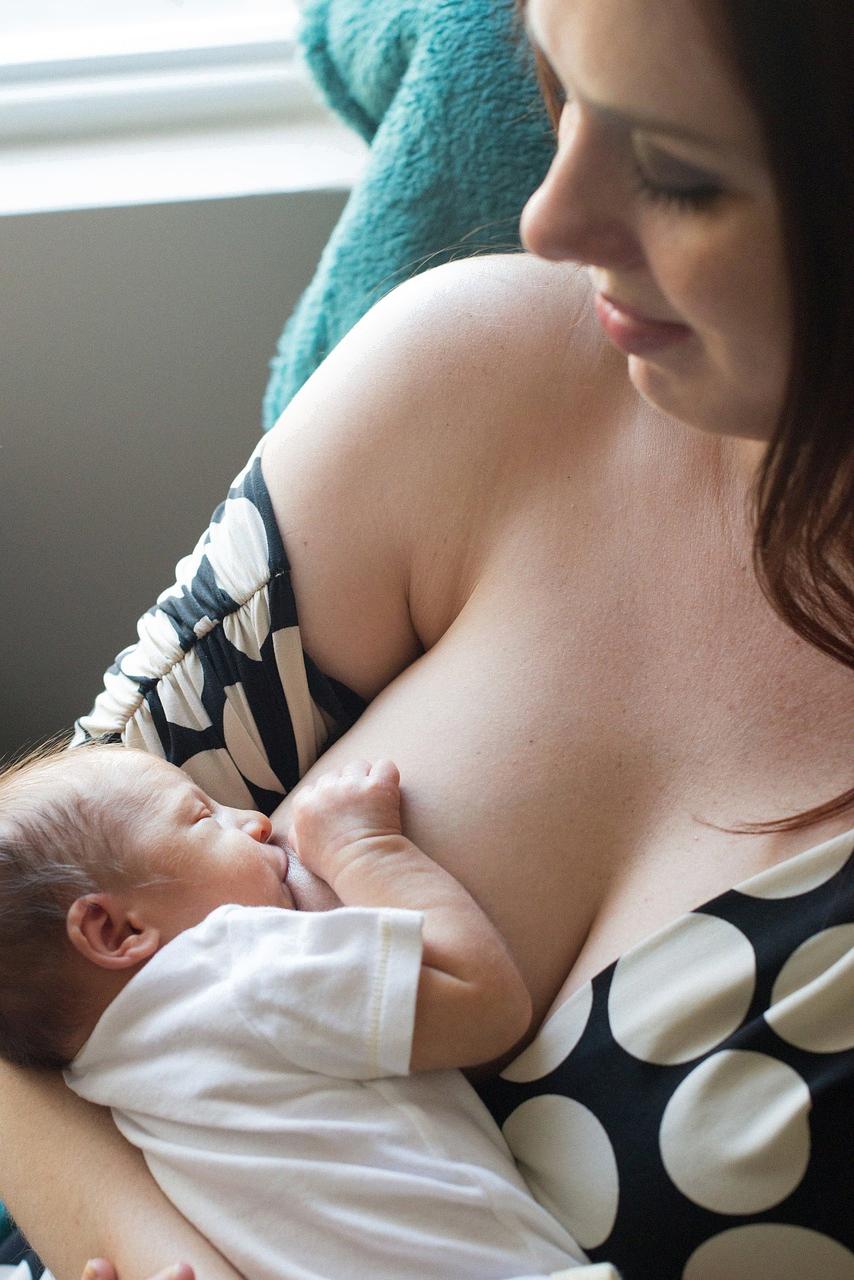As a new parent embarking on the journey of breastfeeding, it’s common to have questions and concerns about how to ensure your baby is getting enough milk. One common question that arises is, “How do I know if my breast is empty when breastfeeding?”
Feeling Changes in Breast Fullness
One way to gauge whether your breast is empty is by noticing changes in fullness before and after a feeding session. As you begin nursing, your breast may feel full and firm. However, as your baby feeds and extracts milk, you may notice that your breast gradually softens and feels less full.
Observing Your Baby’s Feeding Patterns
Another indicator that your breast is emptying effectively is by observing your baby’s feeding patterns and behavior. As your baby breastfeeds, you may notice changes in their sucking pattern. Initially, they may suck more vigorously to stimulate milk flow, and as they continue to feed, their sucking may become more rhythmic and slower.
Listening for Swallowing Sounds
While breastfeeding, listen for swallowing sounds from your baby. Swallowing indicates that your baby is actively consuming milk. As your breast empties, swallowing sounds may become more spaced out or decrease in frequency, indicating that your baby has consumed a sufficient amount of milk.
Using Breast Compression Techniques
If you’re unsure whether your breast is empty, you can try using breast compression techniques to encourage further milk flow. Gently compressing your breast while your baby is feeding can help release more milk and ensure effective emptying.
Switching Sides During Feeds
To ensure both breasts are adequately emptied during a feeding session, consider switching sides midway through the feed. Starting on one breast and then switching to the other can help ensure balanced milk removal and encourage optimal milk production for future feeds.
Monitoring Your Baby’s Weight Gain
An essential factor in determining whether your breast is emptying adequately is monitoring your baby’s weight gain. Regular weight checks with your healthcare provider can help track your baby’s growth and ensure they are receiving enough milk during feedings.
Seeking Support from a Lactation Consultant
If you’re still unsure about whether your breast is emptying effectively during breastfeeding, don’t hesitate to seek support from a lactation consultant. A lactation consultant can provide personalized guidance and support to help optimize your breastfeeding experience.
Practicing Responsive Feeding
Practicing responsive feeding involves understanding your baby’s cues and feeding them on demand. By responding to your baby’s hunger cues promptly, you can help ensure that they receive enough milk during feedings and help promote effective emptying of your breast.
Staying Hydrated and Nourished
Remember to stay well-hydrated and nourished to support optimal milk production and effective breastfeeding. Eating a balanced diet and drinking plenty of fluids can help maintain your milk supply and ensure your baby receives enough milk during feedings.
Creating a Relaxing Breastfeeding Environment
Creating a calm and relaxing environment for breastfeeding can help facilitate milk flow and encourage effective emptying of your breasts. Find a comfortable and quiet space to nurse your baby, and try to relax and unwind during feeding sessions.
Trusting Your Instincts as a Parent
Ultimately, as a parent, it’s crucial to trust your instincts and bond with your baby during breastfeeding. By tuning into your baby’s needs and cues, you can establish a strong breastfeeding relationship and ensure that your breast is effectively emptied during feeding sessions.

